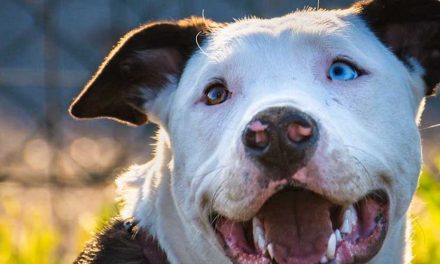Dogs are beloved members of many households, providing companionship, loyalty, and joy.
However, it’s crucial to understand that even the friendliest dogs can exhibit challenging behaviors if not properly trained and managed.
One of the serious issues that pet owners may encounter is when a dog challenges a family member, whether it’s through growling, lunging, or other aggressive behaviors.
Addressing this behavior promptly and effectively is vital for the safety and harmony of the household.
Understanding Canine Challenging Behavior
Dog behavior can be complex, and there are various reasons why a dog may challenge a family member. Fear, anxiety, possessiveness, or even a lack of respect for boundaries can lead to such behaviors.
It’s important to recognize these signs early on.
A dog may challenge a family member through:
Growling:
A warning signal indicating discomfort or fear.
Barking:
An expression of territorial behavior or a response to perceived threats.
Snapping:
A more serious warning that can escalate if not addressed.
Physical posturing:
Displaying dominance through body language, such as standing tall, stiff, or showing teeth.
Why It’s Important to Address the Behavior
Allowing a dog to challenge a family member can lead to a breakdown in the dynamics of the household.
It can foster an environment of fear and anxiety, not just for the person being challenged but for the entire family.
Over time, this behavior can escalate, potentially leading to aggression and serious safety concerns.
Steps to Prevent Challenging Behavior
1. Establish Leadership:
Dogs thrive in environments with clear leadership.
Ensure that family members are consistent in their commands and expectations.
This helps the dog understand their place within the family hierarchy.
2. Training:
Implement obedience training to instill good manners and reinforce positive behaviors.
Basic commands such as “sit,” “stay,” and “leave it” can be crucial in managing challenging behaviors while promoting a respectful relationship.
3. Socialization:
Expose your dog to various people, environments, and situations early on.
This helps them become more adaptable and confident, reducing the likelihood of fear-based challenging behaviors.
4. Positive Reinforcement:
Reward good behavior with treats, praise, or playtime.
This encourages your dog to engage in positive interactions rather than aggressive or challenging ones.
5. Consult a Professional:
If your dog consistently challenges family members, it may be time to consult a certified dog trainer or a behaviorist.
They can provide tailored strategies to address the behavior effectively.
6. Create a Safe Space:
Sometimes dogs act out when they feel threatened or cornered.
Create an environment where your dog feels safe and has a place to retreat if they become overwhelmed.
Conclusion
Never allowing your dog to challenge a family member is essential for fostering a healthy and safe home environment.
By implementing training, promoting strong leadership, and encouraging positive behavior through rewards, you can help your dog understand their role within the family.
If difficulties persist, don’t hesitate to seek help from a professional.
A well-behaved dog enriches the family dynamic, ensuring a happy and harmonious household for both pets and people alike.









